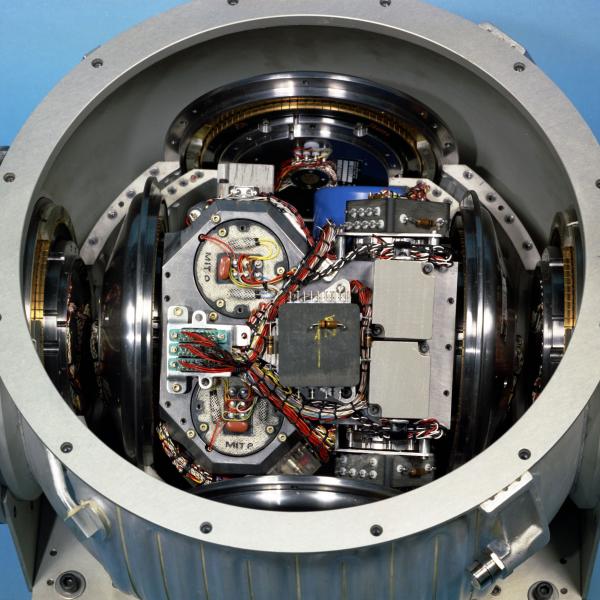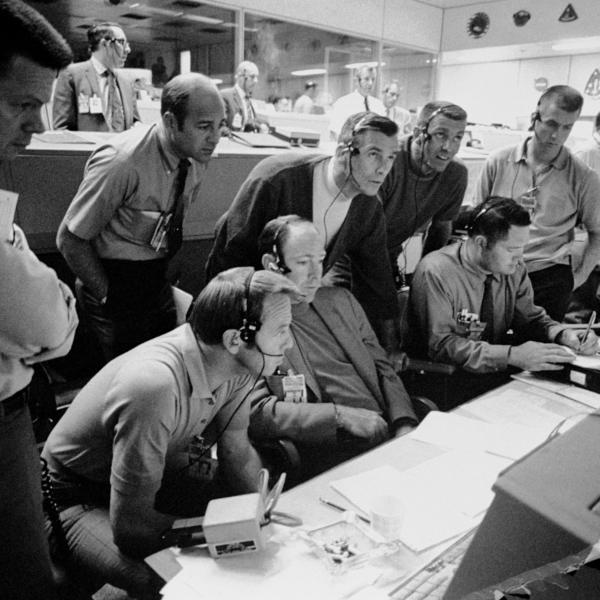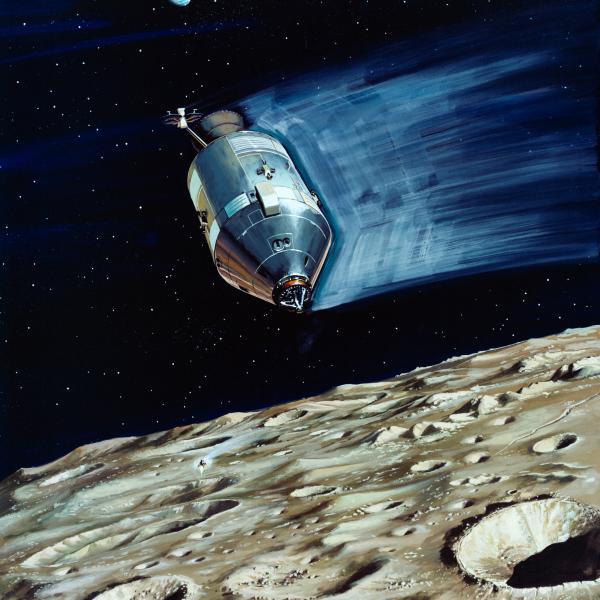
Jerry Gilmore
Jerold “Jerry” Gilmore graduated from MIT with a Master’s in Aeronautics and Astronautics in 1967. He worked in aerospace engineering at the Instrumentation Lab from the beginning of the Apollo program. Gilmore became the Division Leader of the Inertial Subsystems Division in 1962, the same year he joined, and held the position through 1995.
Gilmore was responsible for the development support of the Apollo Inertial Subsystem which included design and development of the Coupling Data Unit (CDU) used on the Apollo spacecraft. The CDU served as a communication interface; encoding and sending angular information between the Inertial Measurement Unit (IMU), optics system, and Apollo Guidance Computer (AGC). Apollo 13 was a stressful flight for Gilmore, who rushed to put gyroscopes in the trunk of his car to see if they would turn on after being in the cold all night. It was the only test they could do to see if Apollo 13 would be able to return home with the Command Module at freezing, and the gyros powered up fine the next morning. This hacking trick helped save the Apollo 13 astronaut crew.
Gilmore became the Director of Space Programs at Draper Labs after 1995. He holds several patents on inertial systems and received awards for his work with Draper, including the Thurlow Award in 1972.


